I am using USRP to transmit and received MIMO frames similar to Wi-Fi standard that I created on my own. After receiving the signal, it is processed as described in the standard.
While I plot the QPSK constellation points after frequency and phase correction, I have a plot (shown above) which is noisy. Now I want to plot (BER Vs SNR). I know that we can calculate BER as: (Error Bits/Total No. of bits). But I am not sure how to calculate SNR from these complex symbols.
What I understand from online materials is that SNR is the noise variance that is estimated from around the constellation points (maybe some distance/deviation measurement form the true point. The question might be very silly, but I really appreciate anyone helps to understand how this is actually done. I am doing all the coding in python.
